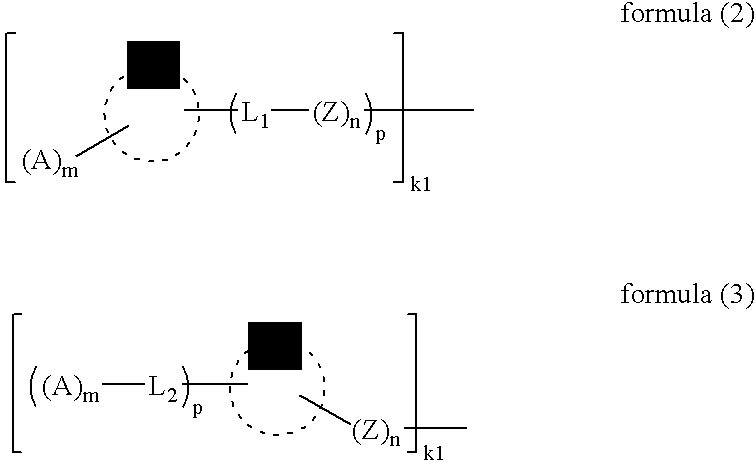Electrode Catalyst For Fuel Cell, Electrode For Fuel Cell, And Fuel Cell
a fuel cell and electrode technology, applied in the direction of organic compounds/hydrides/coordination complex catalysts, cell components, physical/chemical process catalysts, etc., can solve the problems of increasing the amount of information dealt with electronic instruments such as personal computers, increasing the electric power consumption of such instruments, and increasing the electric power consumption. , to achieve the effect of enhancing the utilization efficiency of catalysts, enhancing the current-voltage characteristics, and enhancing the electrical conductivity
- Summary
- Abstract
- Description
- Claims
- Application Information
AI Technical Summary
Benefits of technology
Problems solved by technology
Method used
Image
Examples
examples
[0070] The present invention will be further described with reference to examples but are by no means limited to these.
Preparation of Catalyst
Preparation of Catalyst 1:
Adsorption of Particulate Gold to Platinum Black and Reduction
[0071] 0.5 g of platinum ruthenium black (TEC 090110, produced by Tanaka Kikinzoku Co., Ltd.) was mixed with 1000 ml of pure water. Then, 40 ml of an aqueous 1 mol / L chloroauric acid solution was added thereto. An aqueous 2 mol / L sodium citrate solution was further added so as to make a concentration of 100 mmol as a reducing agent. This solution was stirred at 95° C. for 7 hrs. Thereafter, filtration and drying were conducted to obtain platinum deposited on platinum ruthenium black.
Preparation of Catalyst 2:
Adsorption of Particulate Gold onto Platinum Ruthenium Bearing Carbon and Reduction
[0072] Platinum ruthenium bearing carbon catalyst (TEC 81E81, produced by Tanaka Kikinzoku Co., Ltd.) was mixed at an amount of 0.5 g, based on platinum with 1...
PUM
| Property | Measurement | Unit |
|---|---|---|
| molecular length | aaaaa | aaaaa |
| porosity | aaaaa | aaaaa |
| temperature | aaaaa | aaaaa |
Abstract
Description
Claims
Application Information
 Login to View More
Login to View More - R&D
- Intellectual Property
- Life Sciences
- Materials
- Tech Scout
- Unparalleled Data Quality
- Higher Quality Content
- 60% Fewer Hallucinations
Browse by: Latest US Patents, China's latest patents, Technical Efficacy Thesaurus, Application Domain, Technology Topic, Popular Technical Reports.
© 2025 PatSnap. All rights reserved.Legal|Privacy policy|Modern Slavery Act Transparency Statement|Sitemap|About US| Contact US: help@patsnap.com



